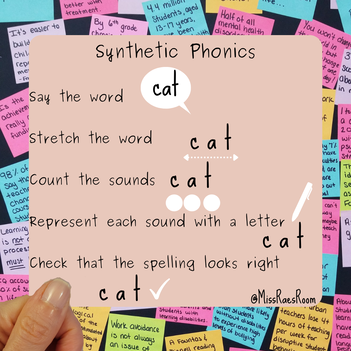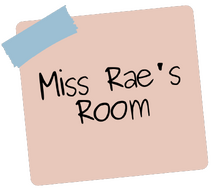What does the Science of Reading have to do with Special Education Teachers? Without data, you are just a teacher with an opinion. Am I right? So let’s start with the data! Research shows that... 30-60% of students will to read fluently via any reading approach 40-70% of students require explicit phonological awareness training and foundational skills instruction to read fluently 10-15% of students must receive a structured literacy-based approach Do you know what’s great about this data? Well, the Science of Reading tells us that a structured literacy-based approach is the best approach to teaching reading. And guess what? A structured literacy-based approach includes… explicit phonological awareness training and foundational skills instruction. Seeing a connection between the Science of Reading and Special Education yet??? A structured literacy-based approach emphasizes highly explicit and systematic teaching of all important components of literacy, from decoding and encoding to reading comprehension and written expression. A structured literacy-based approach also emphasizes oral language abilities essential to literacy development, including phonemic awareness, sensitivity to speech sounds in oral language, and the ability to manipulate those sounds. Oh hey, Special Education Teachers, does this type of teaching sound familiar? This is exactly the type of instruction recommended for teaching students with Dyslexia! So what else does the Science of Reading have to do with Special Education Teachers? Well, the Science of Reading Says that advanced phonemic awareness skills are required for proficient reading. But teaching phonemic awareness in isolation is certainly not enough to remediate students with Dyslexia. Phoneme awareness does not naturally develop in children as spoken language does. Explicit instruction is necessary for most students, particularly for those with Dyslexia. But... Phonemic awareness instruction is most effective when connected with letters in the context of a synthetic phonics approach. This instruction is called Synthetic Phonics. But what is Synthetic Phonics? Synthetic phonics is a method of teaching where words are broken up into the smallest units of sound (phonemes). Students are taught how to break up words, or decode them, into individual sounds, and then blend all the way through the word. So what does the Science of Reading have to do with Special Education Teachers? It has everything to do with Special Education Teachers! Happy and Healthy Teaching! PEACE, Rae Related Blogs
1 Comment
|
CategoriesAll 504 Academic Testing Academic Testing Reports Achievement Testing Reports Back To School B/d Reversals Coronavirus COVID-19 Discrepancy Model Distance Learning Distance Learning With LD ELL Emotional Disability Executive Functioning Extended School Year First Year Special Education Teacher Advice Fluid Reasoning FREEBIES Goal Tracking IEP IEP At A Glance IEP Goals IEP Meetings Learning Disability Oral Reading Fluency Positive Affirmations For Special Education Students Progress Monitoring Reading Remote Learning RTI Rubrics Running Records SEL For Learning Disabilities Social Emotional Learning Special Ed Teacher Interview Questions Special Ed Teacher Job Description Special Education Special Education Progress Reports Special Education Reading Special Education Reading Programs Special Education Students Special Education Teachers Special Education Teachers Positive Affirmations Special Education Teacher Tips Special Education Websites Specially Designed Reading Instruction Teaching Strategy Trauma Wilson Reading Wilson Reading IEP Goals Writer's Workshop |







 RSS Feed
RSS Feed